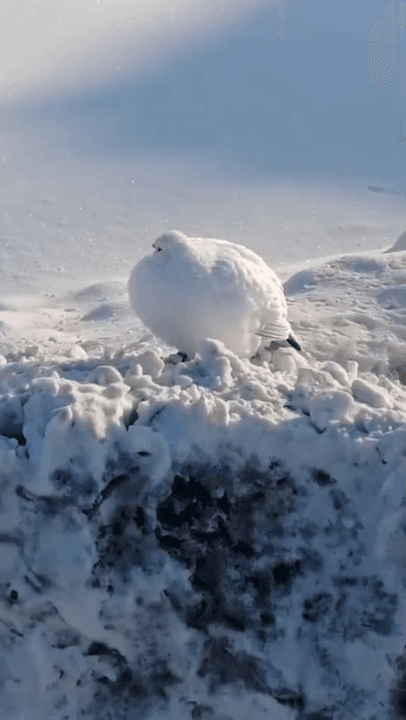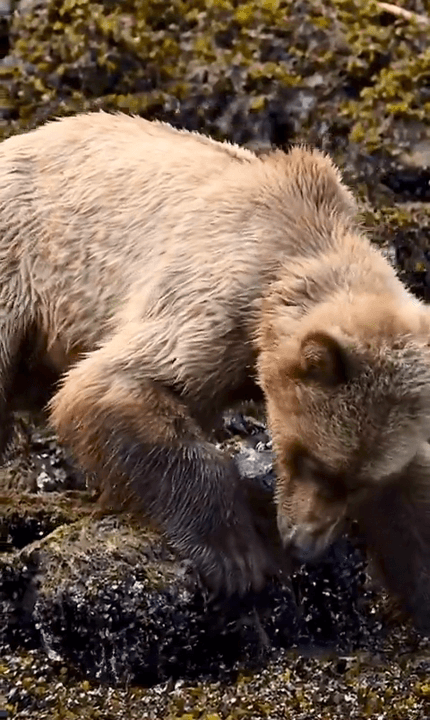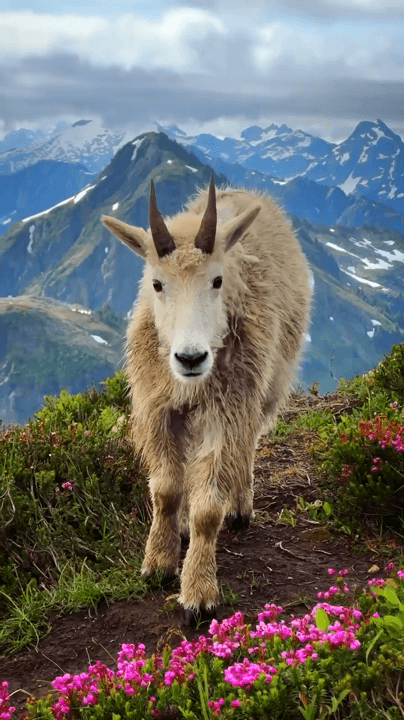
HUNTING SEASONS IN NEW HAMPSHIRE 2025–26: Deer Hunting, Big Game and Small Game, Licenses, and Regulations Guide Plan your 2025–26 New Hampshire hunt with our state‑by‑state guide—season dates, bag limits, licenses, bow & rifle rules, and key game species from whitetail deer to wild turkey to ducks. Whether you’re drawing a compound bow at dawn for a rutting buck in the White Mountains, slipping into cedar swamps for moose, or running decoys for mallards on a tidal river, New Hampshire’s forests, ponds, and fields deliver premier big game and small game opportunities under clear regulations. What Is There to Hunt in New Hampshire? New Hampshire supports a rich variety of game: Big Game: Whitetail deer, black bear, wild turkey, moose (limited draw), elk (reintroduced; rare permits) Small Game & Upland Birds: Cottontail rabbit, snowshoe hare, gray squirrel, ruffed grouse, woodcock Waterfowl & Migratory Birds: Ducks (mallard, teal, wood duck), Canada geese, rails, coots, mourning dove
Post: 21 July 08:29
















































